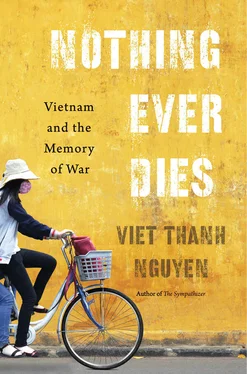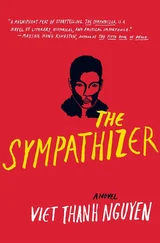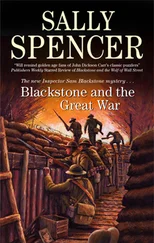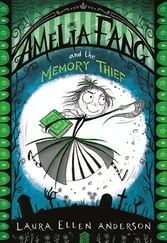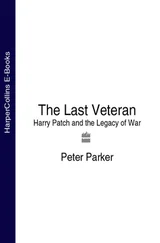Heroes are immortal, which is why reminders of their mortality must be censored, from the mundane need to be clean to the pressing need to die. But while Ho Chi Minh in his mausoleum appears to defy death, appearing only to sleep, is there anything more inhuman than that vampire-like position, shielded from sunlight? And if his nearby statue is larger than life, the gigantic one of him in the city of Vinh is as large as his legend, which is exactly the opposite of how the human man lived, or performed, his humble life. This legend of Ho Chi Minh also pervades the Fine Arts Museum of Hanoi, where he is ubiquitous. He is the subject of statuary, oil paintings, watercolors, and lacquered panels, always heroic, noble, and empathetic. The other major subjects of the museum collection are peasants, workers, women, and soldiers, who work or fight heroically, or else mourn sorrowfully. Their statues appear throughout the landscape, particularly the soldiers, gazing ferociously at the future in front of them. These symbols of the victorious revolution are not human, even though they depict human beings. They are hardened industrial products wearing the guise and shape of softer human beings. As forms of weaponized memory, they condense the heroic and the human, excising any sign of the subhuman, nonhuman, or inhuman. They demand only the ethics of remembering one’s own, never the ethics of remembering others (except as inhuman enemies) or the ethics of recognition (of one’s own inhumanity), both of which are required, even as shadows, to fully animate the human. These statues represent the most important part of the revolutionary war machine, the collective human being, unified in propaganda posters and in murals like the one at the Cu Chi tunnels that narrates Vietnam’s history. That history culminates in revolutionary victory and in the unification of the people in their diversity. Thus we see, besides the typical triumvirate of soldier, worker, and peasant, a range of others: priest and monk, man and woman, old and young, majority and minorities, gathered under Uncle Ho’s benevolent gaze. This is the heroic people, the greatest of history’s flat characters, an embodiment of the inhumanities told by the revolutionary story, where the spirit of the people live on even if millions died in the flesh.
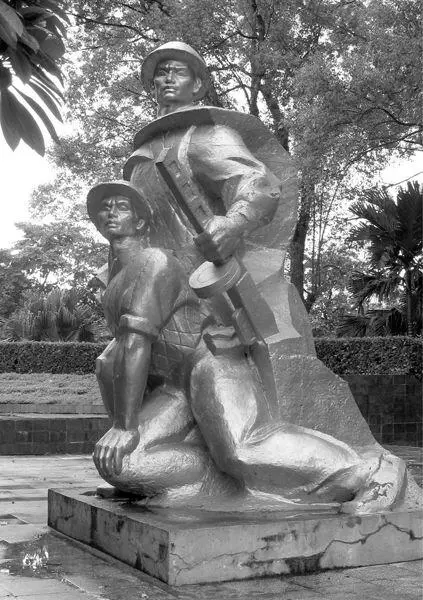
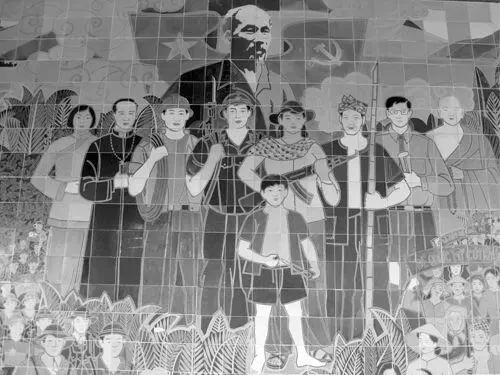
If the heroic people’s collective humanity is only a façade, then it is no surprise that the nation’s revolutionary industry of memory also gives life to things that are not human. By this I mean the inhuman weapons affixed to the landscape and given central place in many museums, notably cannons, tanks, airplanes, helicopters, and missile launchers. These assembly-line industrial products hint at the economy of scale for weaponized memory. No matter how powerful an individual’s memory may be, that memory will not move outside of a small circle unless it enters a mode of mnemonic reproduction. Sometimes that mode is massive and industrial, aimed explicitly at creating stories and memories, as with Hollywood or hallyu . Sometimes that industrial mode produces memories inadvertently, as by-product or side effect, a mnemonic halo around a thing. Some of the most memorable characters of the war were thus not people but weapons like the M-16 and the AK-47. Along with the great men, their names are inscribed in history, while the names of millions of individuals will be found on a memorial wall, if at all. In the museums of Laos and Vietnam, many of these weapons even have their individual biographies celebrated on placards that detail their great feats and their presence at historical events. The tanks that smashed through the gates of the presidential palace in Saigon on the last day of the war are the most famous examples of weapons with biographies. But the tank that means the most to me is outside the entrance to a wing of Hanoi’s Military History Museum. This Soviet-built T-54 fought in the Western Highlands campaign of March 1975, when my birthplace, Ban Me Thuot, was the first town to fall in the final invasion from the north. A vague, blurry image of a tank with soldiers riding on it flickers in my memory, but whether this tank is that tank, or whether this memory is real or a mirage, I do not know. But I remember this tank more than I do any of the people from my infancy, including the (adopted) sister we left behind as we fled the invasion. (Someone once told me a cruel rumor, that I was adopted. The Vietnamese are good at cruel rumors, which they like to deliver with a smile. “Do you know why you’re not adopted?” my older brother said. “Because we didn’t leave you behind.”)
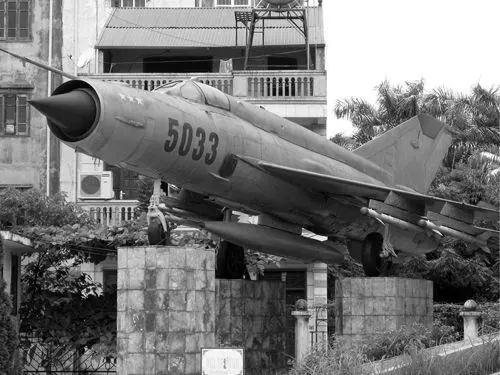
This tank, these planes, these guns, these inhuman things have more purchase on the collective memory of the human species than 99.9 percent of the human beings who lived through, or died in, the war. These weapons are big things produced by big countries, and as Marx said, things take on lives of their own in capitalism, accruing value even as the workers who make these things lose value in capitalism’s race to the bottom. Things become invested with, and animated by, the human labor that went into their making, labor that is invisible to almost all who will encounter them. The thing that is bought, used, cared for, even loved, becomes the medium by which human beings interact. Things exist even when humans die, and thus museums often give more space to things than people. Even in an ostensibly communist society, where machines are celebrated not as products of alienated labor but as products of heroic labor, the practical outcome is that the machinery is oftentimes more important than the humanity. Either in capitalist or communist societies, these things provoke memory and are themselves memories. What else is a land mine in the earth but a bad memory left behind by an industrial mode of production, the seed of a war machine? Or the car in which the monk drove to his final, incendiary destination, appropriated by the revolution for its own purposes? The metallic object is a synecdoche of the war machine, as is the gun, the tank, and the collective human being, whose only hope to defeat the industrial weapon lies in becoming a revolutionary synthesis that is one-dimensionally inhuman and heroic.
If things are industrial products, they also stand in for their industries, both in triumph and defeat. Thus what the local and the tourist often see on the Laotian and Vietnamese landscape are captured weapons and downed airplanes, totems of the industrial giant brought low. Rusting American and French tanks litter old battlefields and museum grounds, and the bones of American bombers and jets are splayed like the fossils of a vanished species on the neglected property of the Air Defense Museum and the B-52 Victory Museum in Hanoi. The most triumphant display of all is featured in the Military History Museum of Hanoi, where the taxi drivers waiting outside the gates on their motorbikes greet me like a long-lost cousin when they discover that I am an overseas Vietnamese, squeezing my arm and slapping my back with grinning enthusiasm. Inside the gates is an artfully arranged heap of junk, the engines and fuselages of French and American warplanes shot down by antiaircraft fire. If an American museum displayed this heap, it would be called art, as is the case with the assortment of aerial junk arranged by Nancy Rubins at the Museum of Contemporary Art in Los Angeles, the creation of an individual at the service of the Western art industry. The display of destroyed warplanes is the anonymous creation of collective revolutionary struggle, authorized by the state. At the front of the heap is a black-and-white photograph of a young woman with a rifle slung across her back, hauling a part of an airplane with American insignia. “When the enemy comes, even the women must fight,” goes the old slogan (like most nationalist slogans, it has an invisible postscript — when the enemy leaves, the women return home). 3The contrast between the woman and the destroyed American machinery reverses the American predilection for seeing young Vietnamese women, alternately seductive and castrating, as the most terrible of inhuman enemies. The Vietnamese industry of memory depicts the Vietnamese as human, humane, and heroic, while showing Americans to be inhuman, both in behavior and in terms of their massive, indiscriminating weapons. If Americans want to learn how much of the world will resent their nation’s drone strikes, then they only need visit the museums of north Vietnam, where the greatest resentment is reserved for the “air pirates.”
Читать дальше
